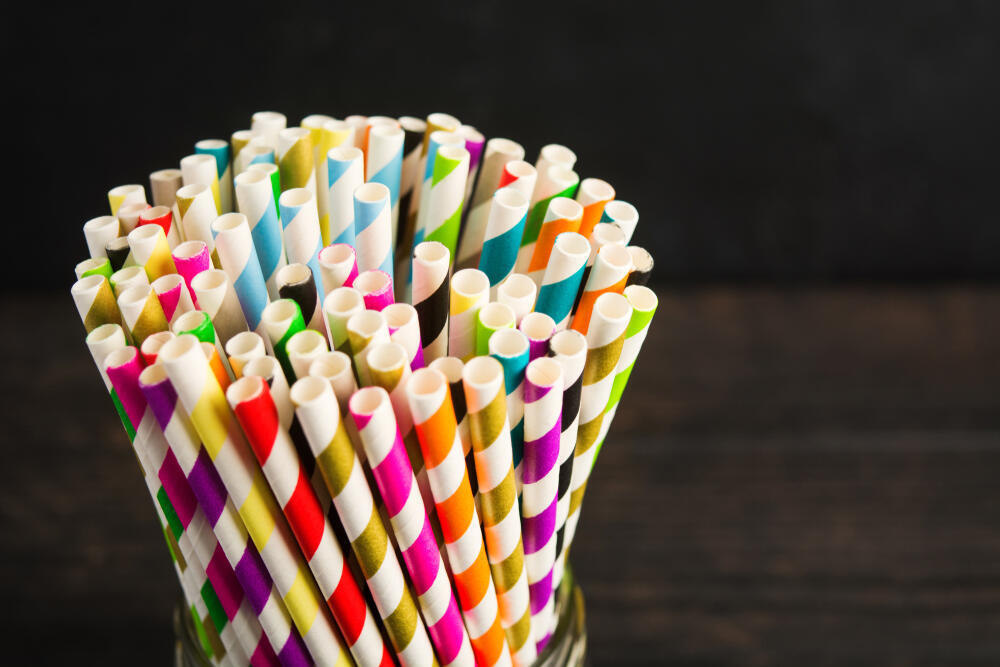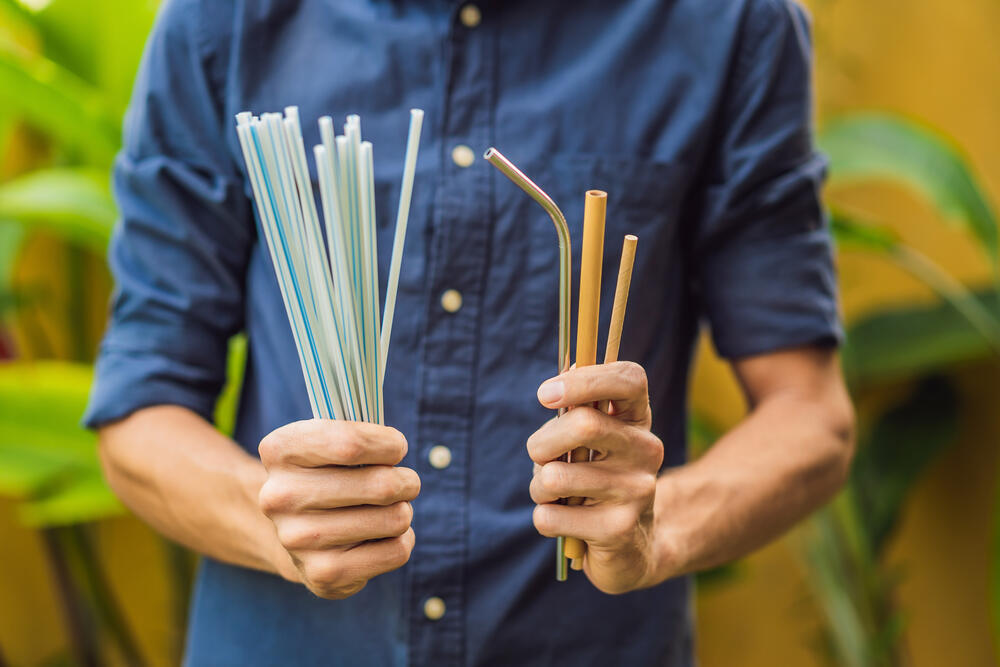In recent years, with an increase in awareness of the harsh effects that plastic has on both the environment and health, challenges have arisen concerning paper straws, which have been presented as safe and environmentally friendly. In a recent study, chemical compounds were detected in most of the straws tested, and they are particularly common in straws made from paper and bamboo materials. The study's findings were published in the scientific journal Food Additives & Contaminants.
More stories:
Conducting a unique analysis in Europe, Belgian researchers investigated 39 different brands of straws to evaluate the levels of para- and poly-fluoroalkyl substances (PFAS) - a synthetic chemical group that includes fluorinated compounds created with multiple fluorine atoms - found in paper straws.
Within the PFAS chemical group, there are approximately 9,000 distinct compounds that make everyday items more durable and are found in nearly every household in the world, ranging from apparel to non-stick cooking utensils. These compounds are engineered to withstand dampness, heat, water and stains.
Paradoxically, these very chemicals have the potential to jeopardize human well-being, wildlife populations, and the ecosystem at large due to their exceedingly slow decomposition rate, allowing them to endure in the environment for thousands of years. This persistent attribute has led them to be labeled as "perpetual chemicals." Furthermore, these compounds have been associated with an array of health concerns.
"Straws made from paper and bamboo are often advertised as being more sustainable and eco-friendly than plastic ones. However, the presence of PFAS in these straws means that's not necessarily true," said Dr. Thimo Groffen of the University of Antwerp, Belgium.
The market for paper straws is undergoing a significant expansion. In the previous year, the value of this particular market was estimated at $1.45 billion, and current forecasts suggest that the industry might escalate to $2.23 billion by 2030. Several countries, including the UK and Belgium, have taken measures to prohibit the sale of disposable plastic items, including drinking straws, thereby leading to a rising trend in favor of plant-based alternatives.
In an effort to minimize the amount of plastic waste, Canada took the step of banning the use of single-use plastic products by December 2022. This decision has led to the emergence of plant-based alternatives, which are frequently seen as promoting both health and eco-friendly advantages. Recent research has revealed heightened levels of PFAS in plant-based beverage straws in the United States, prompting Groffen and his team to explore whether this phenomenon is also applicable to similar straws being sold in Belgium.
Groffen also looked into alternatives and found no traces of PFAS in stainless steel straws, which are recyclable, prompting him to recommend them as a more environmentally-friendly option for the more gulp-adverse among us.
The harm to human health is relative to the frequency of use of straws, so that little use would pose a limited risk to human health. At the same time, the chemicals from the PFAS group may remain in the body for many years, so that over the years their concentration in the body only keeps increasing.
"Small amounts of PFAS, although not harmful in themselves, may add to the chemical burden already present in the body," said Groffen.
It is not known how the PFAS chemicals, which have been in use since the 1940s, were added to straws during manufacturing. Explanations are that it was for the purpose of sealing or as a result of contamination. Potential sources include, for example, the soil where the plant sources were grown and the water used in their production. However, the chemicals' presence in nearly every brand of paper straw means it's likely that in some cases they were used as a liquid-repellent coating, the researchers said.
"The presence of certain chemicals from the PFAS group in paper and bamboo straws indicates that they are not necessarily biodegradable. We did not detect any traces of PFAS chemicals in stainless steel straws, so I would recommend that consumers use this type of straw - or simply avoid using straws in general," concluded Groffen.




